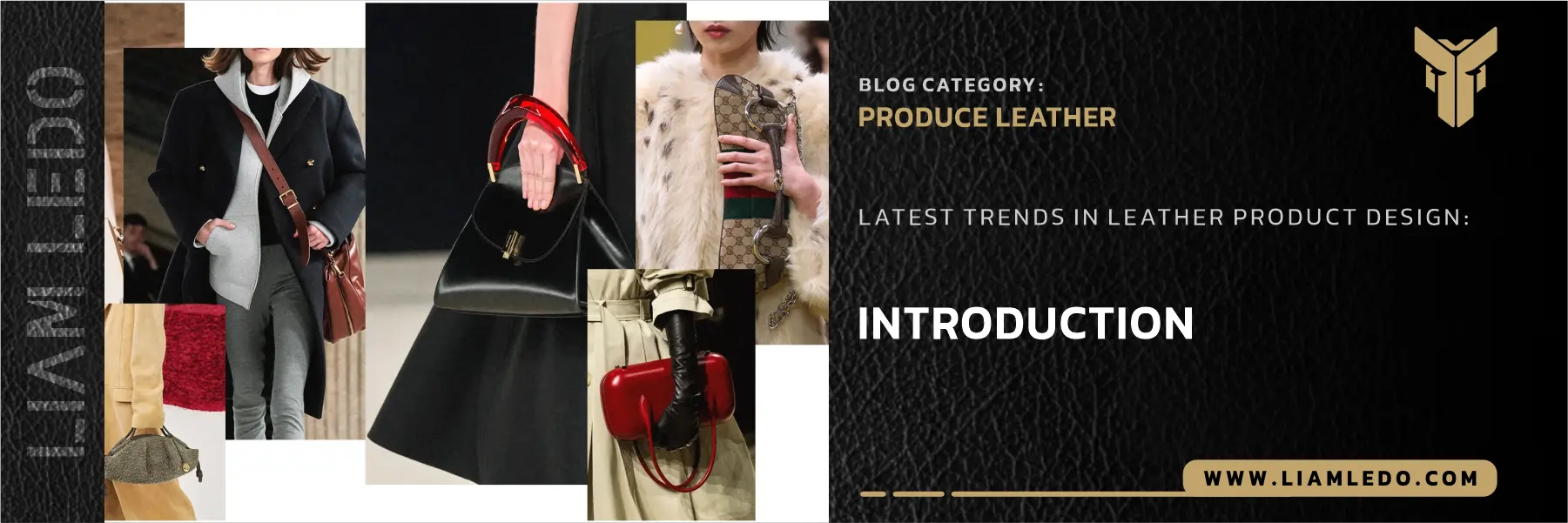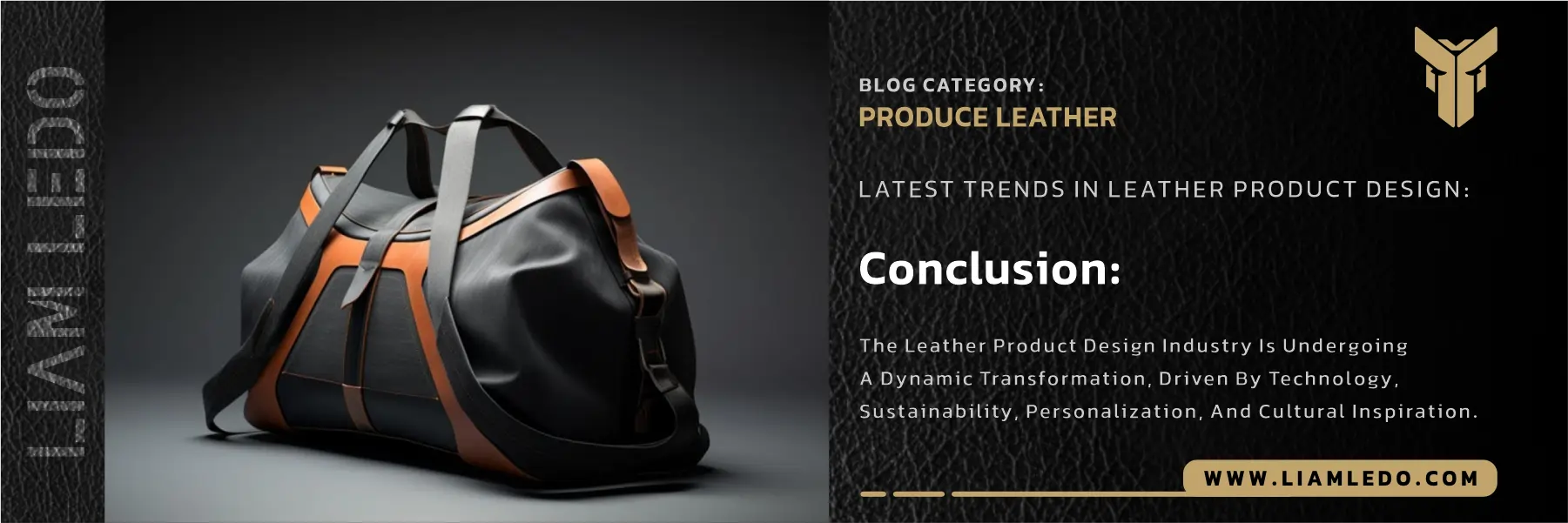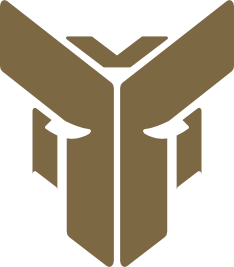
The leather industry is constantly evolving, driven by changing fashion, technological advancements, and shifting consumer demands. From bags and shoes to clothing and accessories, leather product design has become an area where innovation and sustainability intersect. In this article, we explore the latest trends in leather product design, examining how modern technologies, sustainable materials, personalization, and cultural influences are shaping the market. Understanding these trends not only helps designers stay ahead but also allows consumers to find high-quality, stylish, and functional leather products, while making more informed and responsible purchasing decisions.
Learn more about leather and make better choices:
1.Adoption of Modern Technologies:
3D Printed Leather Accessories:
One of the most exciting trends in modern leather design is the integration of 3D printing. This technology allows designers to create intricate, custom patterns with precision and speed. Innovative leather design trends for 2025 are heavily influenced by 3D printing, offering unique possibilities for personalized bags, shoes, and accessories. Beyond aesthetics, this approach reduces production costs and shortens manufacturing timelines, enabling brands to introduce cutting-edge products to the market quickly.
Nanotechnology in Leather:
Another groundbreaking development is nanotechnology. Nano-treated leather is water-resistant, scratch-resistant, and antibacterial, making it both durable and easy to maintain. This technology enhances the lifespan of leather products while protecting them from environmental factors such as moisture and dust. Consumers increasingly look for leather goods that combine luxury with practicality, and nanotechnology is becoming a hallmark of modern sustainable and innovative leather design trends.
2.Sustainable and Eco-Friendly Leather Design:
Recycled Leather:
Sustainability has become a central theme in the leather industry. Recycled leather, made from leftover materials and old products, reduces industrial waste and minimizes environmental impact. This eco-conscious approach allows brands to meet consumer demand for greener products without compromising style or quality. Integrating recycled leather into latest leather product design trends demonstrates a commitment to responsible manufacturing.
Plant-Based and Synthetic Leather:
Manufacturers are also exploring plant-based and synthetic alternatives to traditional leather. Plant-based leather uses natural fibers, leaves, or fruit skins, reducing chemical usage and environmental harm. Synthetic leather, often made from polymers, serves as a practical alternative that limits natural resource consumption. These materials are increasingly featured in innovative leather design trends, offering ethical and sustainable options for fashion-forward consumers.
3.Design Aligned with Fashion and Consumer Preferences:
Custom Leather Goods:
Personalization continues to drive leather product demand. Consumers seek custom leather goods that reflect their individual style and preferences. Brands are responding by offering tailored designs, engraving, and unique color combinations. This trend ensures that each item becomes a statement piece, combining exclusivity with functionality.
Mixing Materials:
Combining leather with fabrics, metals, or plastics is another trend shaping modern approaches in leather product design. Mixing materials creates visually striking, contemporary designs that appeal to style-conscious consumers. Examples include leather bags with denim accents or shoes with metal details. Such combinations expand creative possibilities while meeting the desire for distinct, personalized products.
4.Focus on Comfort and Functionality:
Ergonomic Leather Products:
Comfort and usability are now critical components of latest trends in leather product design. Ergonomically designed shoes, bags, and accessories align with the natural structure of the body, enhancing user experience. Features like padded straps, flexible soles, and adjustable compartments improve daily usability while maintaining style. Ergonomic leather goods are particularly appealing to consumers seeking both luxury and practicality.
Functional Features:
Modern leather products also incorporate functional features such as multiple compartments, laptop sleeves, anti-slip soles, and secure locking mechanisms. These enhancements ensure that leather items meet the demands of modern life, providing convenience alongside elegance. For example, a leather bag with dedicated sections for electronics or a water-resistant pair of shoes represents a blend of aesthetic appeal and functional innovation.
5.Design Inspired by Culture and Art:
Traditional Patterns and Motifs:
Cultural inspiration is a prominent trend in innovative leather design trends for 2025. Incorporating traditional patterns and motifs into leather products adds uniqueness and cultural value. For instance, using Middle Eastern or Asian designs on bags or shoes creates visually captivating pieces that celebrate heritage while appealing to global audiences.
Modern and Minimalist Design:
Minimalist leather design continues to gain popularity, characterized by clean lines, simple silhouettes, and subtle detailing. This approach emphasizes elegance and functionality, producing sophisticated bags, shoes, and accessories suitable for a wide range of occasions. Minimalist design is especially effective when combined with sustainable materials and ergonomic functionality, offering consumers both style and practicality.
6.Global Market and Competition:
International Competition:
The global leather market is highly competitive, with brands constantly innovating to maintain market share. Embracing latest trends in leather product design helps companies offer high-quality, distinctive products that stand out in a crowded market. Innovation, sustainability, and personalization are key differentiators that influence consumer choice and brand loyalty.
Emerging Markets:
Emerging markets represent a significant growth opportunity for leather brands. Rising incomes and changing lifestyles in developing countries create demand for fashionable and functional leather products. Brands that understand local preferences and incorporate sustainable and innovative design trends can expand successfully in these markets.

Conclusion:
The leather product design industry is undergoing a dynamic transformation, driven by technology, sustainability, personalization, and cultural inspiration. Latest trends in leather product design—including 3D printing, nanotechnology, ergonomic design, recycled materials, and modern minimalist styles—reflect the evolving expectations of consumers worldwide. By adopting these trends, brands can deliver high-quality, stylish, and functional leather products that resonate with modern audiences. Staying ahead in the global market requires embracing innovation while maintaining sustainability, ensuring long-term success in an increasingly competitive industry, while also building deeper brand loyalty through authenticity and consumer trust.
Source: The Gentleman’s Gazette | Wikipedia







